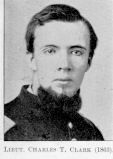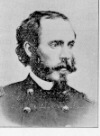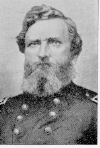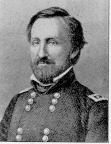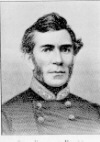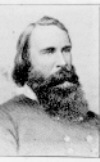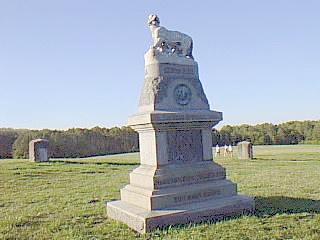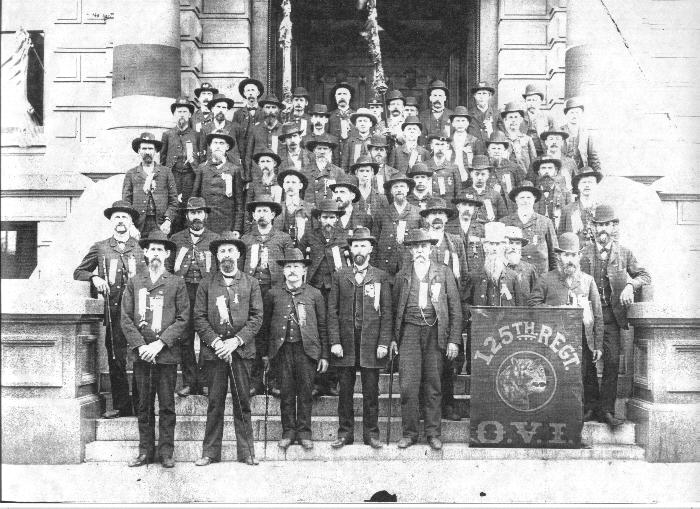It was at this moment I arrived at the scene of the disorder, coming
from the town on the Colombia pike; the moment was critical beyond any
I have known in battle--could the enemy hold that part of our line, he
was nearer to our two bridges than the extremities of our line. Colonel
Opdyke's brigade was lying down about one hundred yards in rear of the
works. I rode quickly to the left regiment and called to them to
charge;
at the same time I saw Colonel Opdyke near the center of his line
urging
his men forward. I gave the Colonel no order as I saw him engaged in
the
very thing to save us, viz to get possession of our line again. The
retreating
men . . .seeing the line of Opdyke's brigade start for the works,
commenced
to rally. I heard the old soldiers call out, "Come on, men, we can go
wherever
the General can," and making a rush our men immediately retook all the
line. . . . (War of the Rebellion, I, XLV, i 116)
General Thomas saw Opdyke after the battle and said, "From what
they
tell me, Colonel, your brigade saved they day" (O.T. 351). Later
Thomas would recommend Opdyke for a promotion, citing both his "signal
personal gallantry," and his decisive command, without which "disaster
instead of victory would have fallen on us at Franklin" (352).
